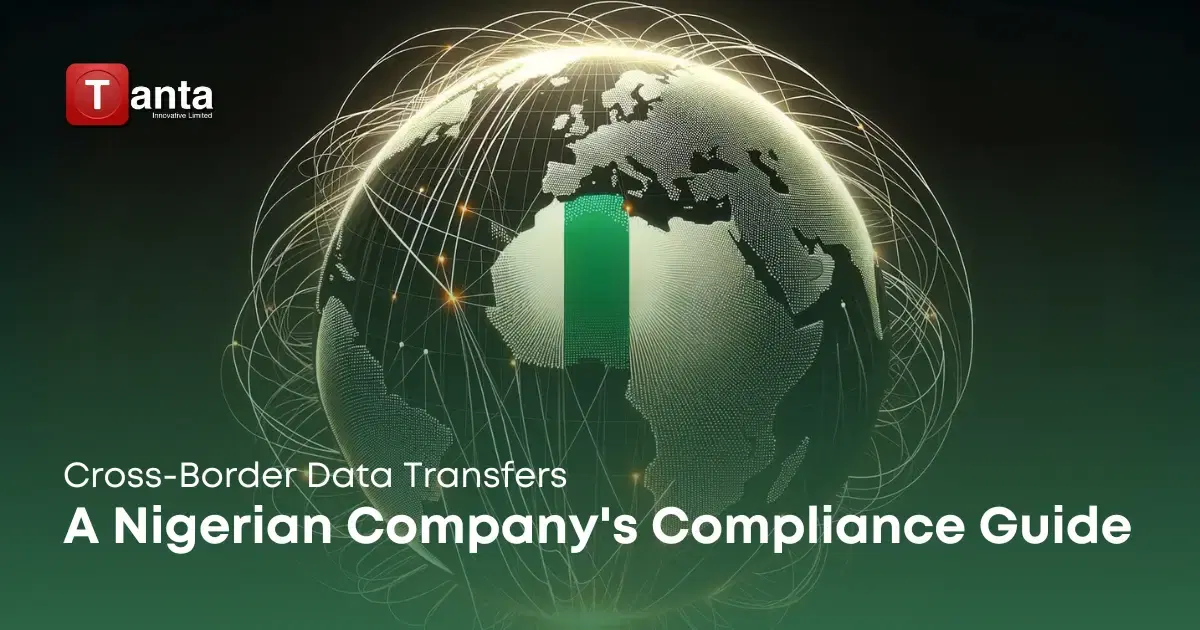How-To Guides & Tutorials
Website Security Audit: A Step-by-Step Guide for Non-Technical Businesses

In today's digital landscape, the sanctity and security of your business's online presence cannot be overemphasized. For small business owners and non-technical professionals, the mere mention of a website security audit can seem daunting—a domain reserved for the technically adept. However, with cyber threats evolving at an unprecedented rate, understanding and implementing basic cybersecurity essentials have become paramount. This guide demystifies the process of conducting a website security audit, providing actionable steps that can be undertaken by business owners to safeguard their digital assets.
Understanding the Importance of Website Security
Before diving into the audit process, it's critical to grasp the significance of website security. A breach can not only lead to financial losses but can also tarnish your brand's reputation, eroding customer trust. Protecting your website means safeguarding your business’s and your customers' data from unauthorized access, data breaches, and other malicious activities.
Step 1: Establish a Security Baseline
The first step in conducting a website security audit is to establish a security baseline. This involves understanding the current security posture of your website. List all the components of your website, including the hosting platform, CMS (Content Management System), third-party services, and any plugins or extensions. Documenting these elements provides clarity on the scope of your audit.
Step 2: Identity and Catalog Assets
An extensive audit begins with a thorough cataloging of all your digital assets hosted on your site. These assets include web pages, databases, downloadable files, and confidential user data. Knowing what you have is essential in understanding what needs protection.
Step 3: Scan for Vulnerabilities
Performing a vulnerability scan is among the primary steps in identifying potential security weaknesses on your website. Numerous online tools and services can help in this process, designed for non-technical users. These tools scan your website for known vulnerabilities, such as outdated software, insecure plugins, and weak passwords.
Step 4: Review User Access Control
Assessing who has access to your website’s backend is crucial. Limit permissions only to those who genuinely need it. Ensure that passwords are strong and changed regularly, and consider implementing multi-factor authentication for an added layer of security.
Step 5: Assess Compliance with Security Standards
Depending on your industry, there may be specific security standards and regulations with which your website must comply. Familiarize yourself with these requirements and verify that your site meets them. This may involve reviewing your data handling practices, privacy policies, and data protection measures.
Further Steps to Enhance Website Security
In addition to the measures outlined above, businesses should consider employing further strategies to bolster their website's defense mechanisms. Implementing a Web Application Firewall (WAF) can serve as a frontline defense against a multitude of web-based threats, effectively filtering, monitoring, and blocking malicious traffic before it can reach your website. Equally important is the adoption of a Content Delivery Network (CDN), which not only accelerates the delivery of content to your users worldwide but also enhances security by distributing your site's traffic across a network of servers, thereby reducing vulnerability to DDoS attacks.
Regularly updating all software components, including the CMS, plugins, and third-party services, is imperative to close security loopholes that could be exploited by attackers. Furthermore, conducting thorough security audits on these third-party components before integration can prevent introducing vulnerabilities into your website. Engaging in these practices demonstrates a commitment to cybersecurity, fostering a culture of security within your organization and enhancing your reputation among customers as a trustworthy online entity.
By systematically implementing these advanced measures, businesses can significantly fortify their website against the increasingly sophisticated and evolving threats present in the digital landscape. Continued vigilance and adaptation to the latest security trends and best practices will ensure the longevity and success of your online presence, safeguarding your assets and the data of your valued customers against cyber threats.
Conclusion
Conducting a website security audit may seem complex, but it is within reach for small business owners and non-technical professionals. The key is to approach the audit methodically, using available tools designed for users without a technical background. By taking proactive steps to understand and improve your website’s security posture, you can significantly mitigate risks, protect your business, and build trust with your customers.
Remember, website security is not a one-time activity but an ongoing process. Regular audits, continued education on cybersecurity essentials, and staying abreast of new threats are all part of maintaining a secure online presence. Through diligence and regular maintenance, the security of your website—and by extension, your business—can become a pillar of your brand's reliability and trustworthiness in the face of evolving cyber challenges.
Related Posts
No related posts found.



